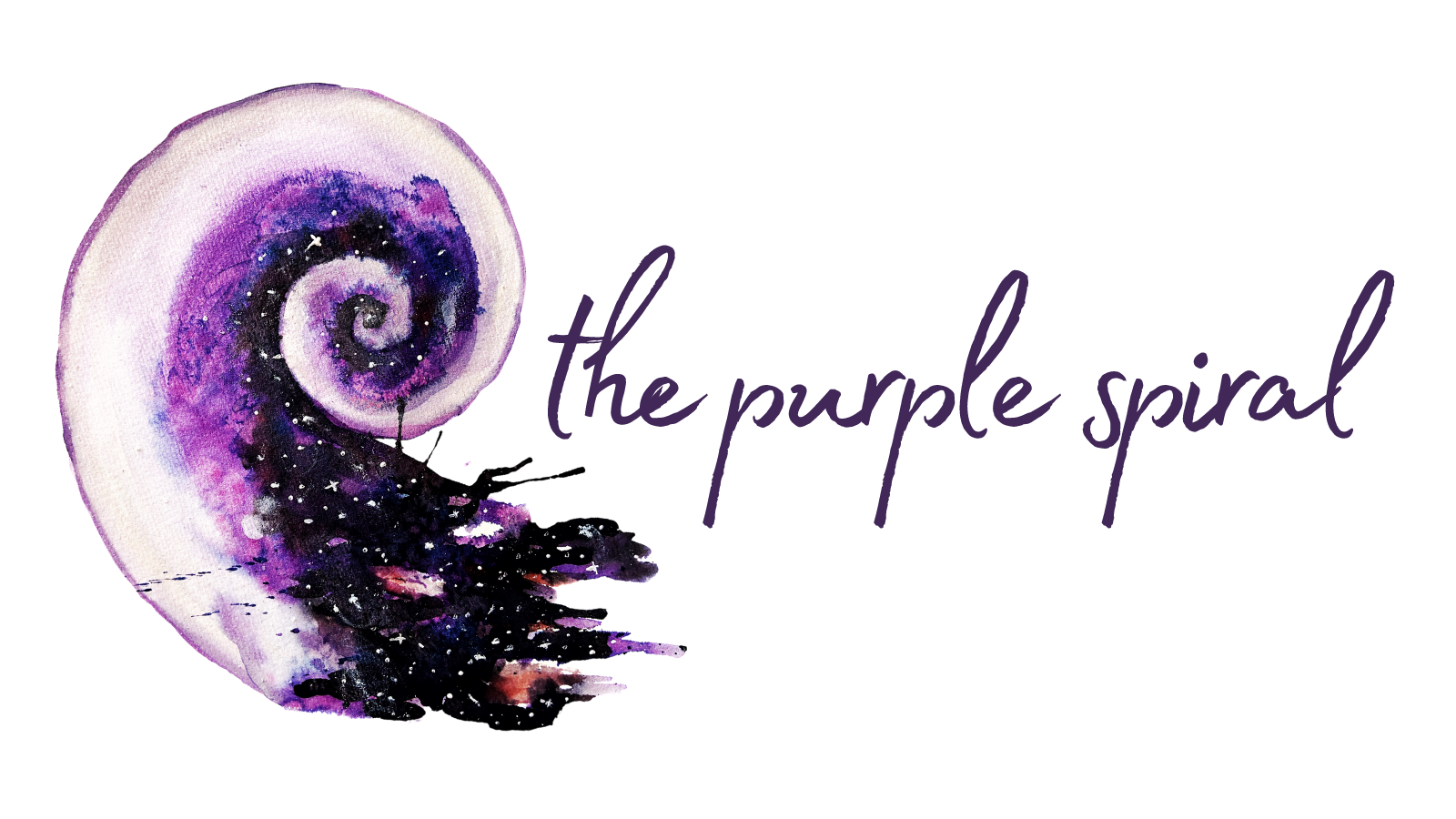When you are raised on the Bible, there’s a third companion to the ABC’s and the 123’s. It’s the “In the beginning.”
The first Bible stories that are often told to children are those in Genesis. The creation of the world. The creation of man, and woman. The Garden of Eden. Cain and Abel. Noah’s ark.
My own child self quickly tired of these stories. I wanted to hear about something new. I could tell you, half asleep, in which order God created the heavens and the earth. I could tell you that the light was created before the sun, and that the water was here before the earth. I could tell you that God created Eve from Adam’s rib, and that Adam shouldn’t have listened to his wife, and that snakes are sneaky fallen angels who should never be trusted. This was boring; why couldn’t we move on?
As I grew older, I developed some questions about the old, familiar story.
For instance, how do we know that the snake in the garden was Lucifer, the fallen angel? I read my Bible cover to cover at least seven times, and the evidence was slim. Or, why does Eve get blamed for the whole debacle when the serpent was clearly targeting her and her husband just abdicated his personal responsibility?
But mostly, what was so bad about the tree of the knowledge of good and evil?
I didn’t dare ask this question of any of the adults in my life. They couldn’t give satisfactory answers to most of my questions anyway, and this was one I was fairly certain no one else had ever asked. In my mind, the knowledge of good and evil seemed like a pretty useful thing to have when you were dealing with a God who threw evil people into a lake of fire. It was…suspicious that God wanted to keep that knowledge from Adam and Eve, although I would never have dared to voice that thought either.
Older still, and I was still contemplating. As I entered my young adult years I began to wonder if maybe “good” and “evil” weren’t particularly helpful distinctions after all, when all was said and done. What if, I asked myself under cover of several other trains of thought (for plausible deniability), life was not black and white, but rather bursting with color? What if dividing the world into light and darkness, life and death, joy and sorrow, was missing the point? I had lived enough to know that clouds come with silver linings, that one man’s tragedy is another man’s relief, that the rain which ruins a picnic saves the farmer’s crops.
The Dangers of Splitting
Decades before I was born, the Swiss Psychiatrist Carl Jung wrote:
“If only a world-wide consciousness could arise that all division and fission are due to the splitting of opposites in the psyche, then we should know where to begin.”
C.G. Jung, The Essential Jung: Selected Writings
Today we know that black and white thinking, also known as splitting, is a feature of many psychological issues, including anxiety, depression, OCD and personality disorders. Thinking of everything in terms like “good” and “bad,” especially considering things to be all good or all bad, limits a person’s ability to form healthy relationships, move forward in their career, or even find happiness in everyday life.
One of the reasons that black and white thinking is so maladaptive is because it doesn’t reflect the way the world actually works. Look no farther than your backyard. Is the bird nesting in the tree bad or good? Is it good when it feeds its babies and bad when it kills a worm? That’s the same action. We cannot exist in a world that is purely “good” without pain, because this world is not that. In this world, good and bad come together, pain and pleasure, cloud and rainbow, predator and provider. When we try to divide the world into categories of opposites, it forces us to live in a fantasy world, disconnected from reality, from actual, effective action, and from all experience, both positive and negative.
The Buddhists teach that life is various types of suffering, some unavoidable and some self-inflicted. Much of that suffering is caused by clinging to outward things and resisting change. What these teaching suggest for me, combined with my own experience, is that unnecessary suffering is caused by a disconnect from reality, a lack of acceptance of what is. Black and white thinking is painful because it fights what is; that the world, the universe, is vast and complex and not, in fact, dichotomous.
Both – And
I have found it particularly powerful in my own healing to embrace the power of both – and. Instead of either-or thinking, I try to imagine both-and: I am not either bad or good, either right or wrong. I am not either brave or a coward. Instead, I am both kind and brutal. I am both perfect and flawed. I am both terrified and courageous.
I no longer read the stories of the Bible literally, but the mythology is rich in metaphor. I think about Eden and the tree of the knowledge of good and evil a lot. Do we lose paradise when we start to put value judgements on people, actions, and existence? Does shame come from the assumption that because we are not all good, therefore we must be all bad? What freedom might be found in accepting that we just are, like the rest of existence, a complex union of apparent opposites?

